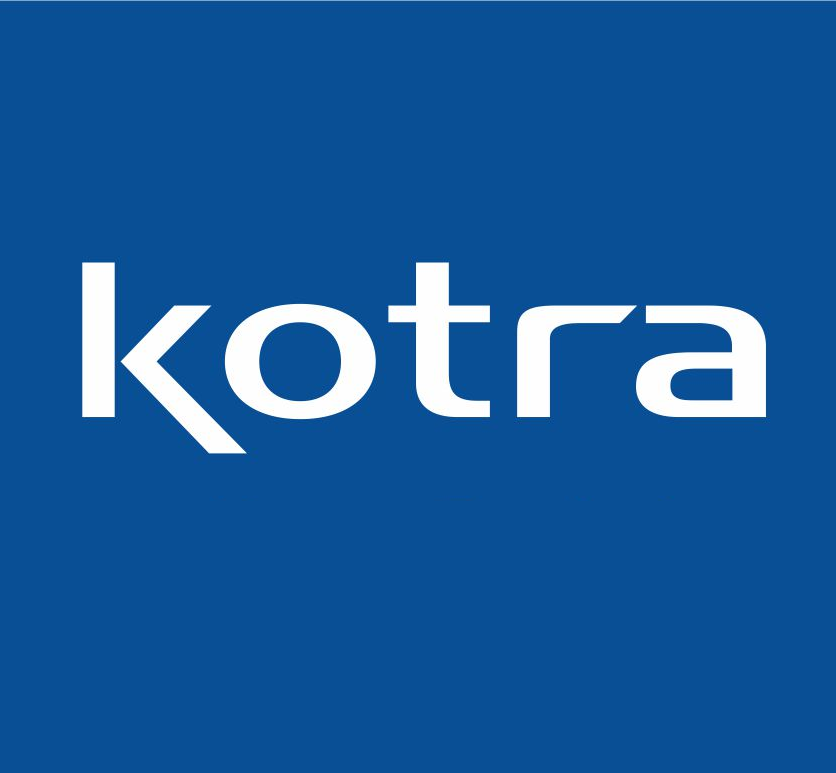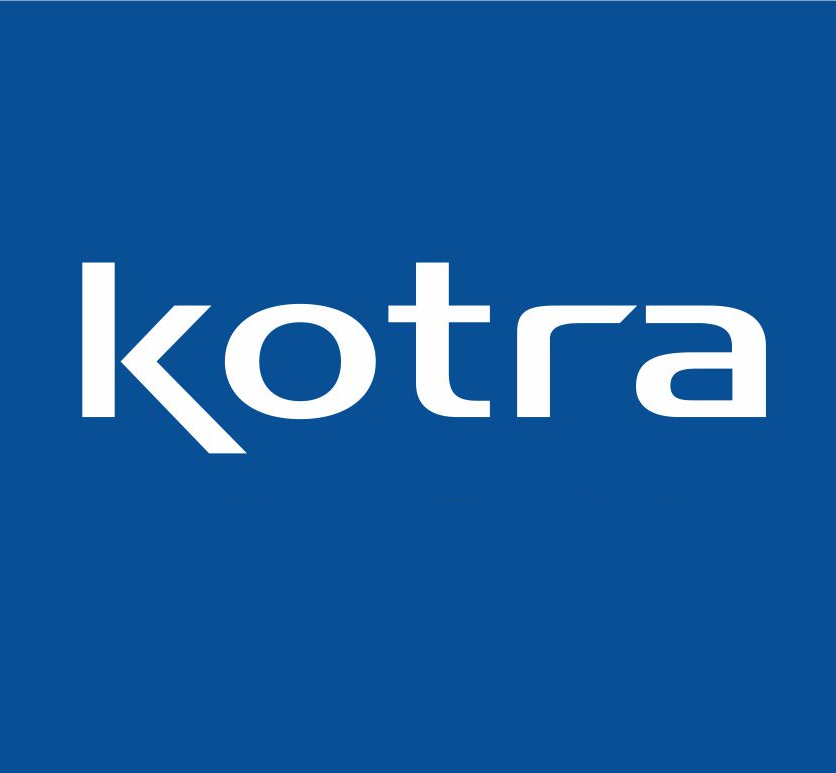The grinding media market trends has witnessed significant transformations over the past decade, driven by industrial growth, technological innovation, and environmental sustainability. As industries such as mining, power generation, and cement continue to expand, the demand for efficient and high-performance grinding media solutions is skyrocketing.
Grinding media essentially acts as the wear-resistant material used in ball mills, rod mills, and other grinding equipment. The primary purpose is to crush and reduce materials to smaller sizes, enhancing downstream processes. As industries push for higher productivity, grinding media manufacturers are responding by developing advanced materials that offer improved performance under harsh conditions.
A noteworthy trend is the shift toward high-chrome and forged grinding media. These variants are preferred because of their exceptional resistance to wear and impact. High-chrome grinding balls, in particular, have become the go-to solution in mineral processing, where abrasive ores require robust materials that reduce downtime and operational costs. Similarly, forged steel grinding rods are widely used in rod mills, offering higher strength and uniform wear rates.
Customization is another trend that is reshaping the market. Instead of one-size-fits-all solutions, manufacturers are now working closely with clients to design media tailored to specific plant conditions. Factors such as feed size, moisture content, and grinding speed are taken into account to optimize grinding efficiency. This move toward personalized solutions helps industries lower energy consumption and maximize throughput.
Digital transformation is playing an increasingly important role. With the use of computational modeling and predictive maintenance tools, operators can better understand wear patterns and adjust media characteristics accordingly. Remote monitoring and data-driven decision-making are gradually becoming standard practice, especially in large-scale mining and cement facilities.
Environmental sustainability is also influencing market dynamics. Grinding processes are energy-intensive and generate significant emissions. Manufacturers are responding by offering energy-efficient designs and improved materials that reduce consumption. Recycling worn-out grinding media is another approach that is gaining traction, contributing to circular economy initiatives.
Geographically, Asia-Pacific remains at the forefront due to the growth of mining and infrastructure projects in China, India, and Australia. Meanwhile, Europe and North America are witnessing a gradual shift toward automation and optimization, with companies investing in next-generation grinding technologies.
However, supply chain disruptions and volatile raw material prices continue to challenge market stability. Companies are investing in strategic sourcing and alternative materials to mitigate risks. Moreover, stricter environmental regulations are prompting firms to innovate toward greener solutions.
In summary, the grinding media market is on a growth trajectory fueled by technological advancements, customization, and sustainable practices. With industries prioritizing efficiency and cost-effectiveness, grinding media providers are set to play an increasingly critical role in driving industrial productivity and reducing environmental impact.


